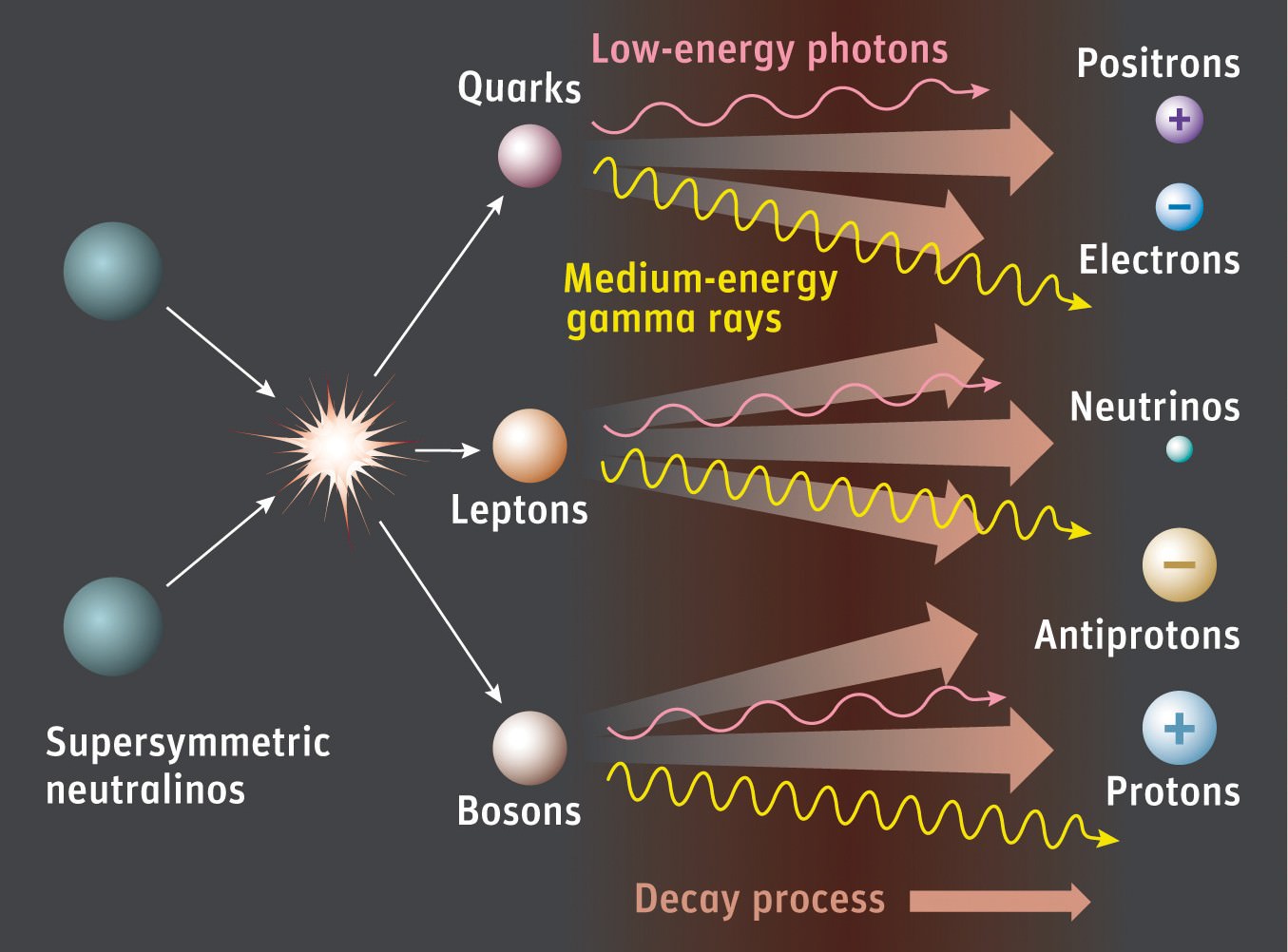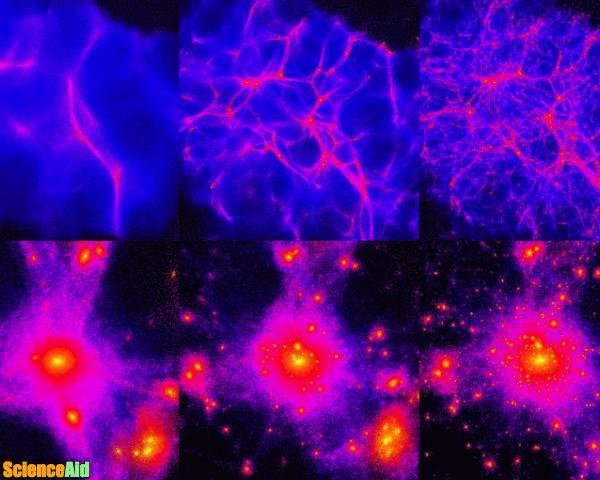

These hypothetical particles are called wimps – weakly interacting massive particles – and for two decades researchers have strived to detect them. Vast numbers of undetected particles form invisible halos around galaxies and boost their gravitational fields, they argued. So scientists turned from the astronomically large to the incredibly small to explain the universe’s missing mass. However, new generations of powerful telescopes showed these were not viable possibilities. Astronomers initially thought it could be made up of stars too small or dim to be seen from Earth or by other candidates – such as neutron stars.

The missing material generating the extra gravity needed to hold galaxies together was dubbed “dark matter”. Dark matter could be a lot weirder than we have assumed so far.’ Photograph: John Gaffen/Alamy

Professor Chamkaur Ghag: ‘It could be that we’re looking for our keys under the street lamp.


 0 kommentar(er)
0 kommentar(er)
